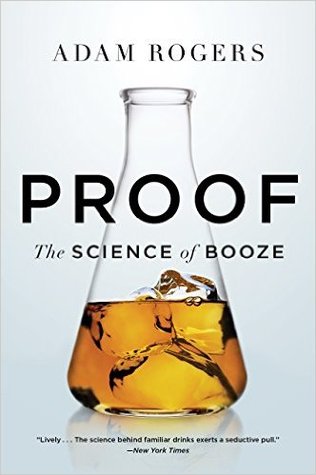In sparkling wines like champagne or prosecco, little bubbles pull fatty acids and other aromatic chemicals from the liquid to the surface. When they hit the top, they pop—a hole opens at the top of the bubble, its edges expanding at 22 miles per hour and converting to a ring of high pressure that smacks into a low-pressure region at the bottom of the bubble. The collision squirts a conical jet into the headspace of the glass that improves (or at least accelerates) the wine’s perceived aroma. Also, the little splashes tickle.
Welcome back. Just a moment while we sign you in to your Goodreads account.


